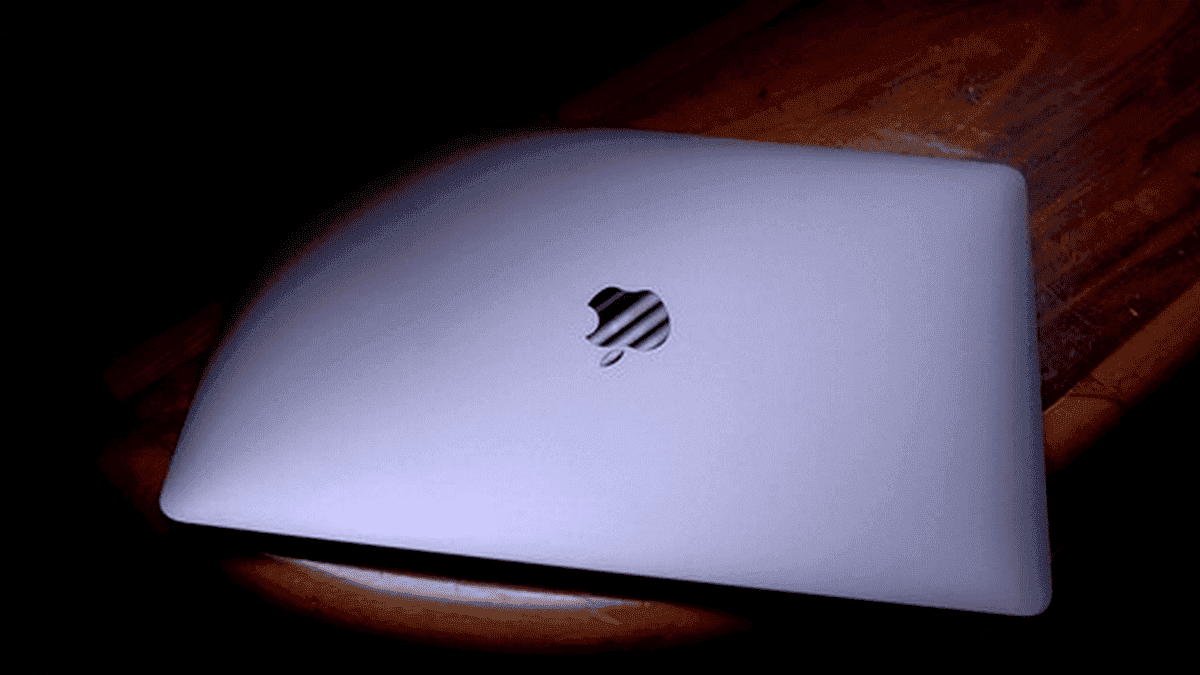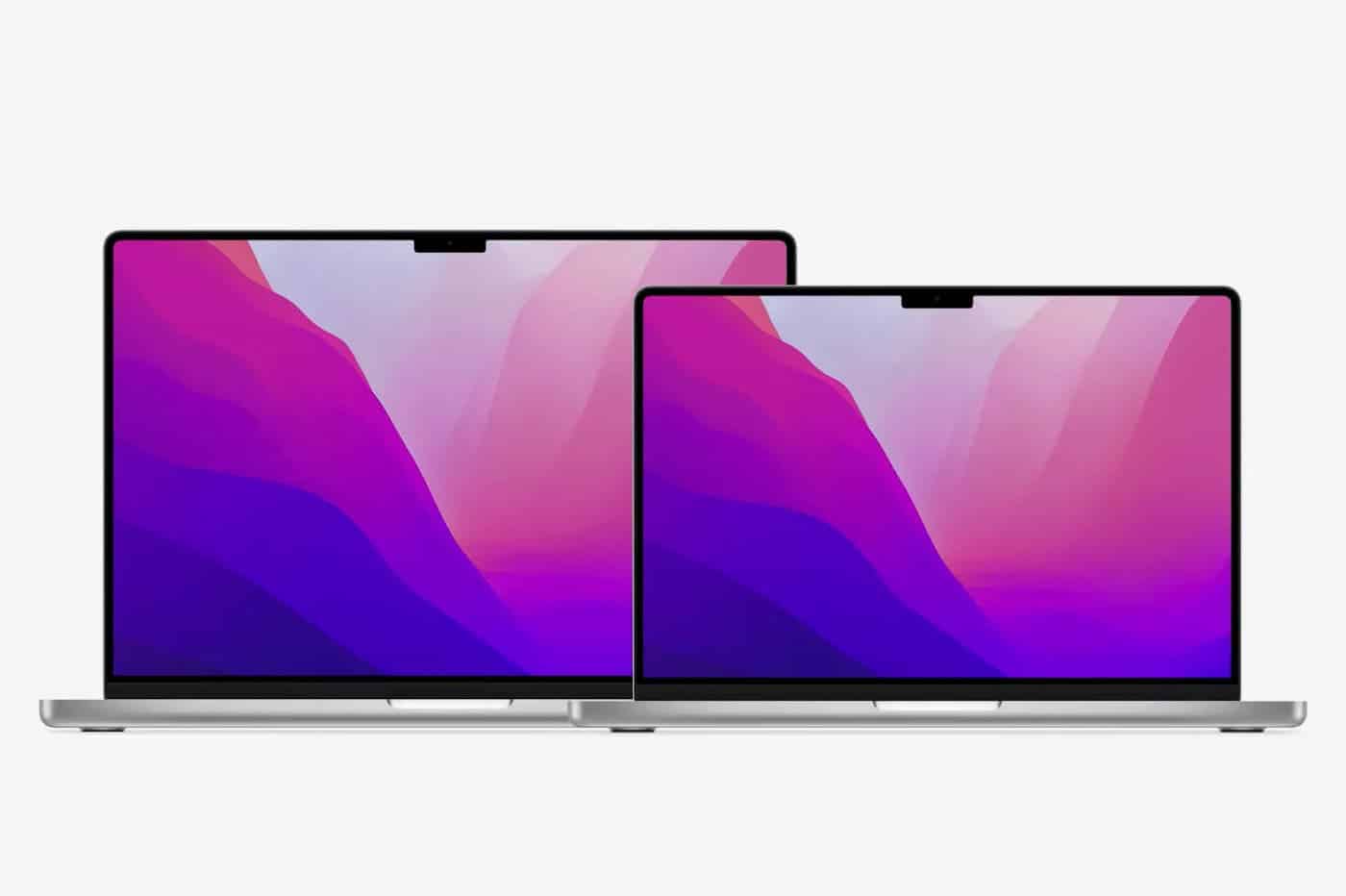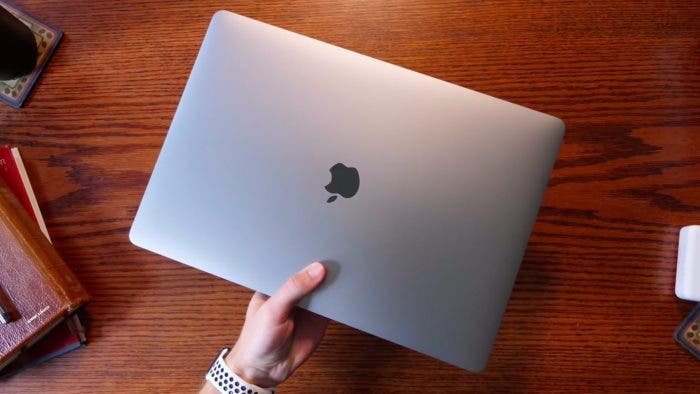The inclusion of 8GB RAM as the base configuration in Apple’s MacBook lineup has been a contentious issue for years. While some users believe this amount is insufficient for modern computing needs, Apple has maintained its position. Recent comments from Apple executives shed light on their rationale and reignite the discussion on RAM capacity for mainstream laptops.
The 8GB RAM Debate: Apple’s Stance and User Considerations

Shifting Landscape of RAM Requirements
The landscape of computer usage has undoubtedly shifted towards tasks demanding more RAM. Modern web browsing involves a multitude of open tabs, often with resource-intensive graphics and streaming content. Software applications like photo and video editing, 3D modeling, and game development rely heavily on RAM for smooth operation and handling large files. As a result, many computer manufacturers have adopted a 16GB RAM minimum for their flagship laptops.
Apple’s Defense of 8GB RAM
In a recent interview, Apple executives Kate Bergeron and Evan Buyze defended the company‘s continued use of 8GB base RAM. Buyze argues that this amount is adequate for most user activities, including web browsing, media consumption, and basic photo editing. He emphasizes that macOS, the operating system powering MacBooks, utilizes memory compression and intelligent allocation techniques to optimize performance even with 8GB.
The Power of Unified Memory Architecture
A key aspect of Apple’s argument is its unified memory architecture (UMA). Unlike traditional computers where RAM and storage are separate, Apple Silicon chips (M1, M2, etc.) integrate both into a single pool of high-bandwidth memory. This approach allows for more efficient data transfer between the processor, graphics, and RAM, potentially mitigating the limitations of lower RAM capacity. Apple claims that 8GB of UMA in their devices is functionally equivalent to 16GB of traditional RAM due to this architecture.
Marketing’s Perspective on Performance
Apple’s marketing manager, Bob Borchers, adds another layer to the discussion. He suggests that users should prioritize the overall system performance – encompassing factors like processing power, storage speed, and software optimization – rather than solely focusing on RAM specifications.

Gizchina News of the week
The User’s Conundrum: Weighing RAM Needs
The validity of Apple’s claims depends heavily on individual user workflows. For casual users primarily focused on web browsing, document editing, and light photo editing, 8GB RAM might be sufficient, especially with the optimizations of macOS and UMA. However, users who engage in multitasking with demanding applications, video editing with large files, or professional creative work will likely find 8GB RAM limiting. Frequent use of external displays can also increase RAM demands.
Future-proofing Considerations
Another crucial factor is future-proofing. While 8GB RAM might handle current needs, software requirements tend to rise over time. Upgrading RAM often isn’t an option on modern MacBooks due to soldered components. Users planning to keep their MacBook for several years should consider the potential for future RAM requirements when making their purchase decision.
The Trade-off: Cost vs. Performance
Apple’s base-model MacBooks are known for their premium pricing. Offering higher RAM configurations as standard would likely increase the cost. However, users who require more RAM are forced to either upgrade at purchase (often at a significant price jump) or live with potential performance limitations down the line.
Industry Comparison and User Choice
While Apple stands by 8GB as the base, it’s important to acknowledge the trend amongst other manufacturers. Many premium laptops now offer 16GB RAM as the starting point. This allows for a wider range of user needs without sacrificing performance. Ultimately, the choice boils down to individual needs and budget. For users who prioritize raw performance and future-proofing, a higher RAM configuration might be a worthwhile investment.
Beyond RAM: The Importance of Other Hardware
It’s also crucial to recognize that RAM is not the sole factor influencing performance. Processing power, storage speed (SSD vs. HDD), and software optimization all play a significant role. Users should consider the entire hardware package when making their purchase decision.
Conclusion: A Balanced Approach
The debate surrounding 8GB RAM in MacBooks highlights the importance of understanding individual usage patterns. Apple’s arguments regarding software optimization and UMA hold merit, but power users and those with demanding workflows will likely find 8GB RAM insufficient. Ultimately, a balanced approach considering needs, budget, and future-proofing strategies is essential to making an informed decision when purchasing a MacBook.





